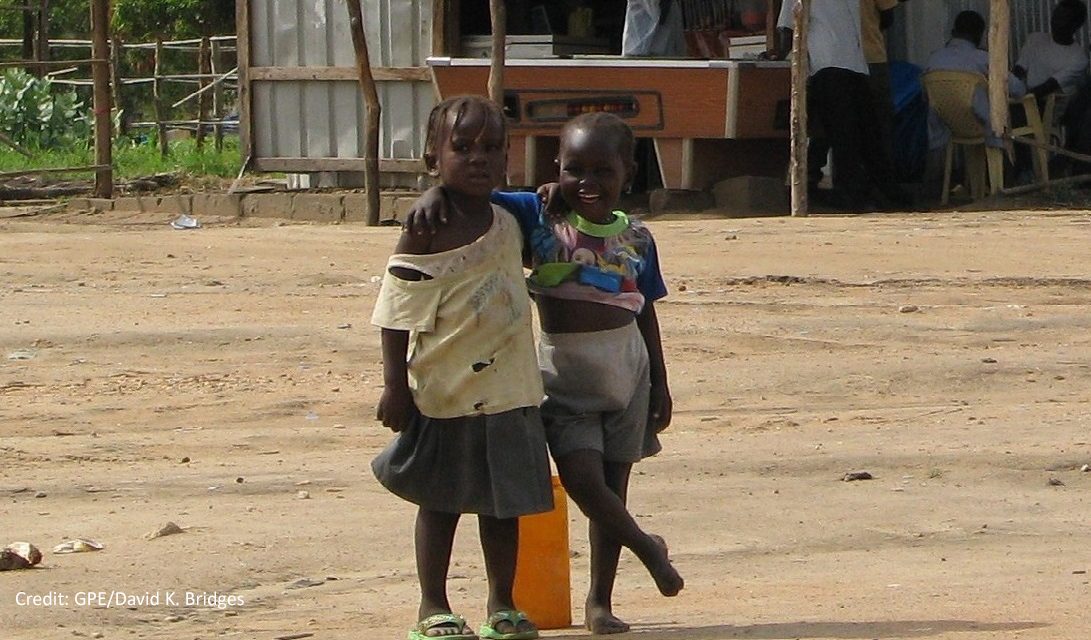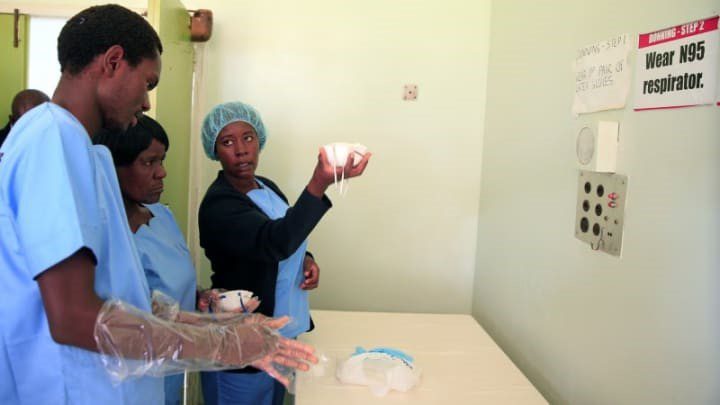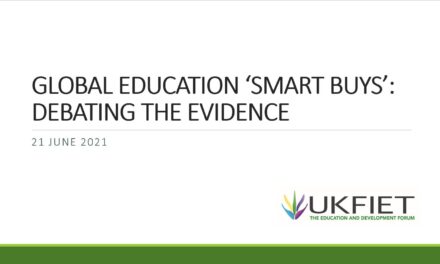This blog was written by Susy Ndaruhutse, Chair of the Board of Trustees, UKFIET.
Earlier this month, I listened with interest to representatives of the Global Education Evidence Advisory Panel (GEEAP) presenting a summary of the findings and recommendations from their latest report Cost-Effective Approaches to Improve Global Learning: What does recent evidence tell us are “Smart Buys” for improving learning in low- and middle-income countries?
I particularly welcomed seeing the diversity of the panel with the presence of academics (covering the disciplines of health, nutrition, early childhood, education and economics), as well as economists and education practitioners including pedagogy experts. They represented experience and perspectives from different continents, genders and ethnicities but underpinned by a core purpose and focus. Having such a diverse group builds some confidence that the findings will not be heavily skewed to represent a narrow economic and donor perspective of the world.
Moving onto the content of the presentation and report, I appreciated seeing two important enablers mentioned alongside the different interventions:
- The need for systemic reform
- Political economy considerations
Systemic reform
As someone who has spent their career implementing, researching and writing about different education reform initiatives, including most recently in the Education Development Trust report Why systems thinking is important for the education sector, it was encouraging to see that the report is framed around the importance of systemic reform. The panel’s concrete recommendations are coupled with a recognition that for longer-term sustainability, cost-effective interventions need to be seen alongside wider system reform that looks at the interlinkages and interdependencies of crucial aspects of the education system, such as the curriculum, teacher training and assessment. The report states:
“the interventions are not the only thing that matters. To drive system-wide improvements in learning and make them sustainable over the long term, systemic reform is likely to be extremely important. Ensuring learning for all children and youth requires an education system that is coherent and aligned toward learning. While which reforms should be prioritized will depend on the specific context, this alignment toward learning should encompass the key system actors, policies, incentives, pedagogy, and capacity. This in turn requires political commitment to help systems escape low-learning traps—and it requires commitment not just from education ministers, but also from the heads of government.” (Page 10)
Local-level political economy
It was good to see the report recognise that context matters and needs to be taken into account including very importantly, a recognition of the political-economy constraints. However, the report does not include any detail on this beyond the central government level, except in mentioning teachers, which I think is a small, but important shortcoming. For example, the following intervention is given as the one “great buy” intervention:
|
“Great buy” intervention: giving information on the benefits, costs and quality of education |
The context paragraph that follows, recognises that this requires schools to be nearby so that families can send their children to school. However, it seems to imply that provided this prerequisite is in place, simply giving the right contextualised information through the most appropriate communication medium will cause people to change their minds. The literature on behaviour change demonstrates that shifting social norms requires role models who have bucked the trend and can act as change champions gaining political buy-in from parents, caregivers and community leaders alongside communication campaigns. This important aspect of local political economy is not mentioned, which I think is an oversight.
In addition, in those settings where there are few economic opportunities for school leavers outside of agricultural subsistence, this intervention is unlikely to be cost-effective in the long-run unless it is coupled with wider interventions beyond the education sector that address job creation.
A gap: cost-effective interventions and the most marginalised
I welcome that the report focuses (where evidence is available) on cost-effective interventions. This is more critical than ever in light of the COVID-19 pandemic where governments around the world are prioritising public resources on healthcare and protecting livelihoods whilst simultaneously facing a period of slower or negative economic growth. This means that there is going to be a smaller amount available for education spending, even if governments do heed the recommendations of the Save our Future campaign and protect current education budgets in percentage terms.
The report acknowledges:
“because many evaluations lack cost data, we also draw on studies focused solely on effectiveness to identify which interventions tend to produce the largest learning gains, independent of cost.” (Page 9)
It states that “a focus on learning as the outcome variable…is a tool for improving equity, inclusion, and opportunity” (page 8). Some of the “great” and “good” buys may be cost-effective for the majority but not cost-effective unless they are correctly sequenced or combined with other interventions for the minority who are marginalised and may currently be excluded from learning. It is widely known that the marginal costs of reaching these children is much higher than the average unit cost. To strengthen the report’s focus on equity, my main recommendation to the panel would be for the next iteration to include a section on what the “great” and “good” buys are for out-of-school children and other marginalised and disadvantaged children, particularly those who face overlapping and intersecting inequalities, so that these children are not left further behind in their learning.
This blog was written as a response to the GEEAP ‘Cost Effective Approaches to Improve Global Learning’ report, published in October 2020. Other blogs written in response to the report are:
Smart buys, great sales and special offers: cost-effective approaches to improve global learning





